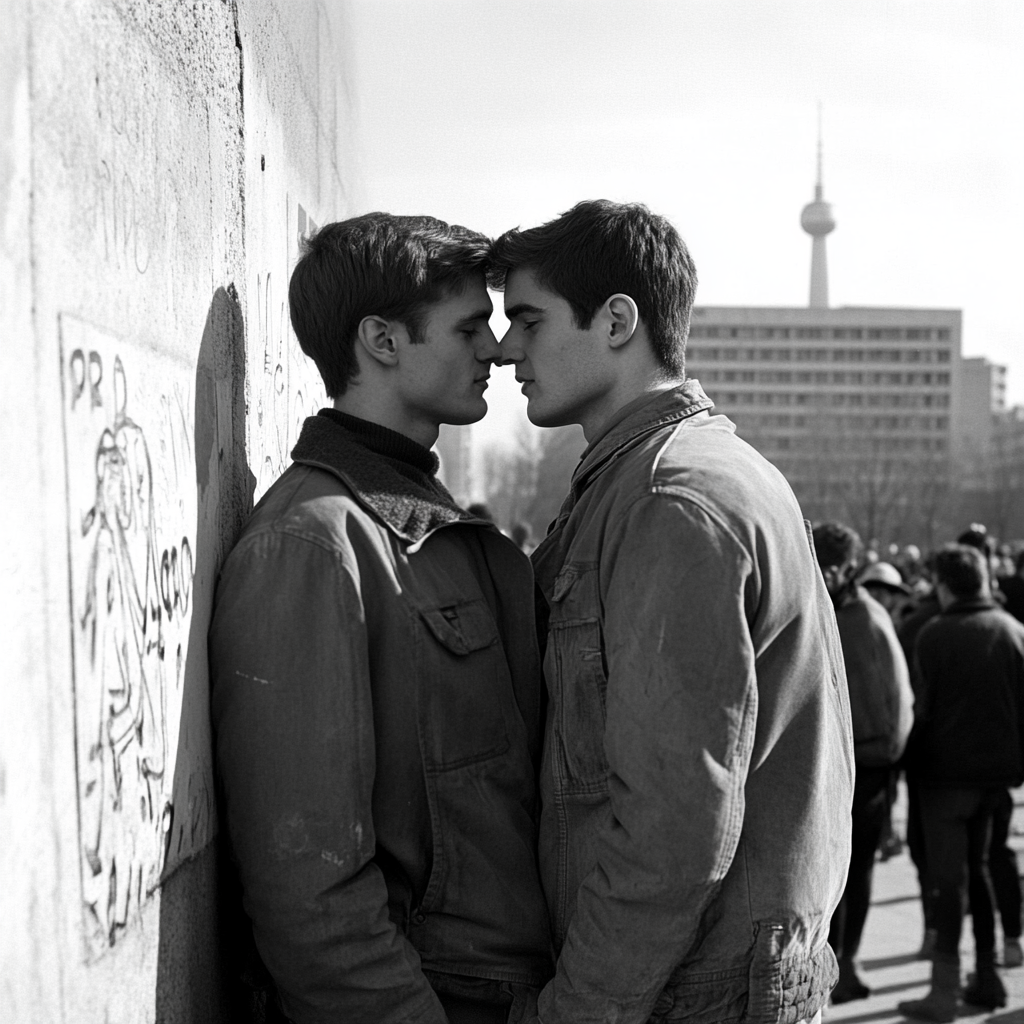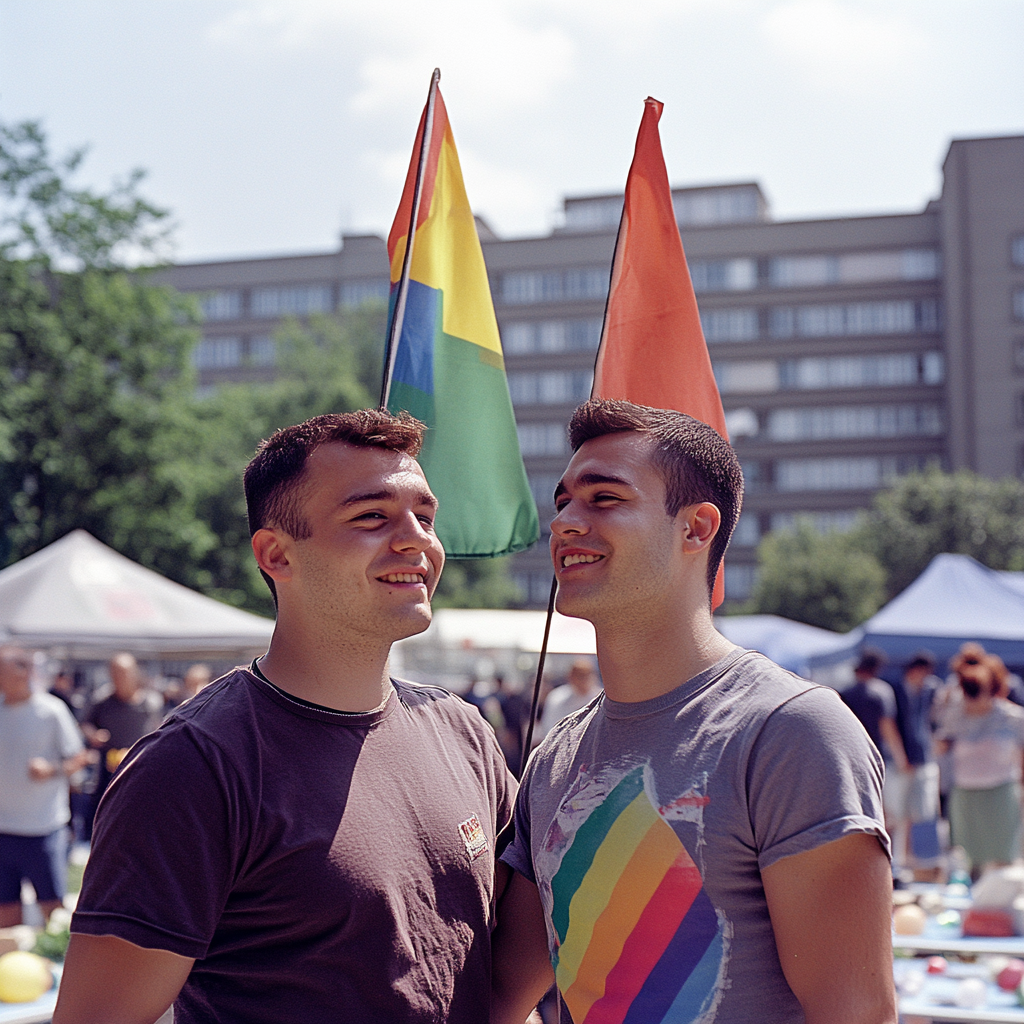The experiences of homosexuality in East Germany (GDR) and West Germany (Federal Republic) were shaped by distinct political, social, and cultural frameworks. While both regions faced challenges, their approaches to LGBTQ+ rights and social acceptance varied significantly.
Decriminalization and Legal Contexts
In the GDR, homosexuality was decriminalized in 1968, earlier than in many of the Federal States of Germany. However, this legal change did not lead to widespread social acceptance. The socialist government promoted a conservative, heteronormative family model, and homosexuality remained a taboo subject. LGBTQ+ individuals faced significant societal stigma and discrimination, with no legal protections against prejudice.
In contrast, West Germany retained the notorious Paragraph 175, a Nazi-era law criminalizing homosexual acts between men. Although the law was significantly reformed in 1969, it was not fully abolished until 1994. This delay meant that legal persecution of LGBTQ+ individuals persisted for decades longer than in the GDR.
Social Attitudes and Spaces
In the GDR, LGBTQ+ individuals had limited spaces for socializing and community-building. The number of queer-friendly bars and meeting places decreased compared to those that existed during the Weimar Republic and even the 1880s. The government's focus on heteronormativity reinforced the marginalization of LGBTQ+ identities.
West Germany, on the other hand, saw the emergence of a more visible LGBTQ+ movement, particularly from the 1970s onward. Organizations like the Homosexuelle Aktion Westberlin (HAW), founded in 1971, advocated for LGBTQ+ rights and social acceptance. The region experienced a growth in LGBTQ+ spaces, including bars, clubs, and community centers, fostering a sense of community and visibility absent in the GDR.
Science and Education
In the GDR, scientific research often reflected heteronormative ideologies. Studies promoted ideas such as hormone treatments for children to "prevent" homosexuality, and such practices were integrated into the education system. These approaches underscored the societal stigmatization of LGBTQ+ individuals, even after decriminalization.
In contrast, West Germany began to experience shifts in societal attitudes through activism and visibility, challenging outdated scientific and cultural narratives.


Post-Berlin Wall LGBTQ+ Activism
The fall of the Berlin Wall in 1989 marked a turning point, offering new opportunities for LGBTQ+ activism in both regions. However, the transition was not without challenges. East Germans had to integrate into a new societal framework that was often unfamiliar and carried residual prejudices. West Germany, with its established LGBTQ+ movement from the 1970s and 1980s, provided a more vibrant and visible platform for activism. The unification brought these divergent histories together, creating both opportunities and cultural challenges.
Conclusion
While the GDR decriminalized homosexuality earlier, societal acceptance lagged, and activism was minimal. West Germany's legal reforms were slower, but the region experienced a more robust and visible LGBTQ+ movement. The unification of Germany marked a new chapter, improving conditions and opportunities for activism but also presenting challenges of integration and cultural adjustment.
Learn More
For more information, check out the article linked below. To gain a unique perspective, join our decolonial tours in the Schöneberg area every Saturday and Sunday at 2 PM, offered in English.
Desta - Decolonial city tour
+49 152 2108 6724
info@dekolonialestadtfuehrung.de or info@decolonialtours.com
Are you a journalist and interested in writing about us? Please feel free to contact us.
Imprint | General Terms and conditions | Privacy policy | © Copyright 2025 deSta- Decolonial city tour